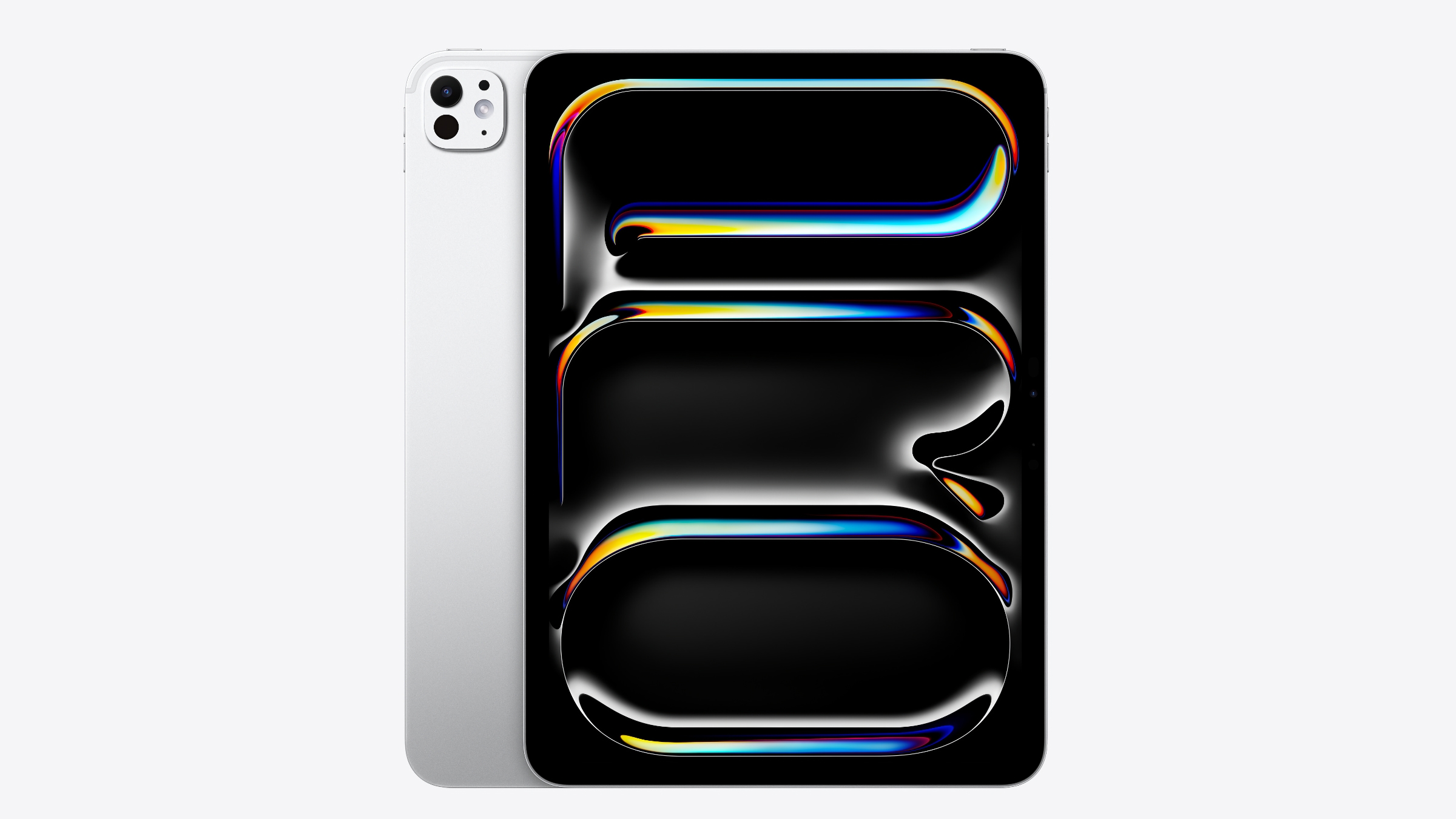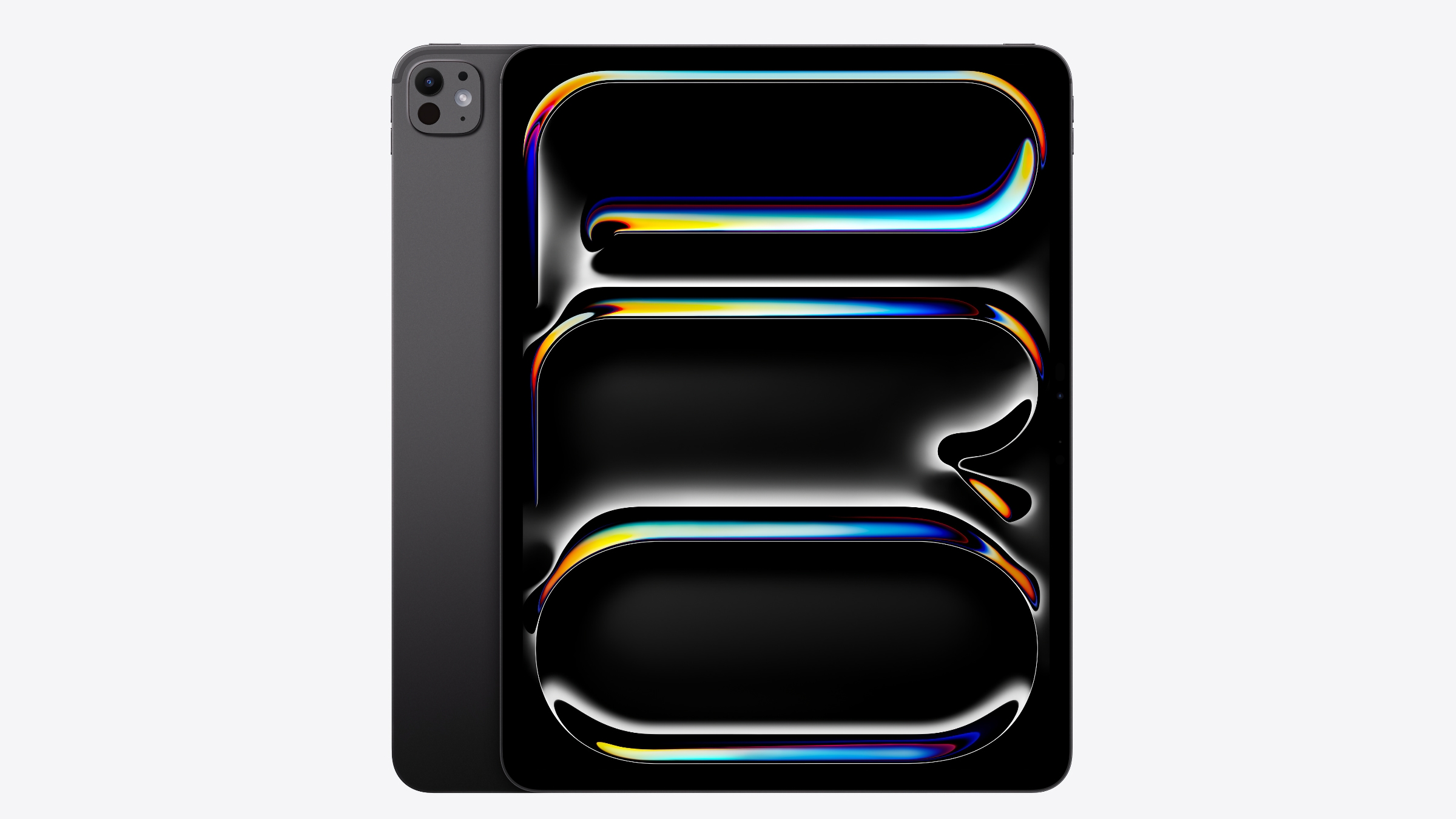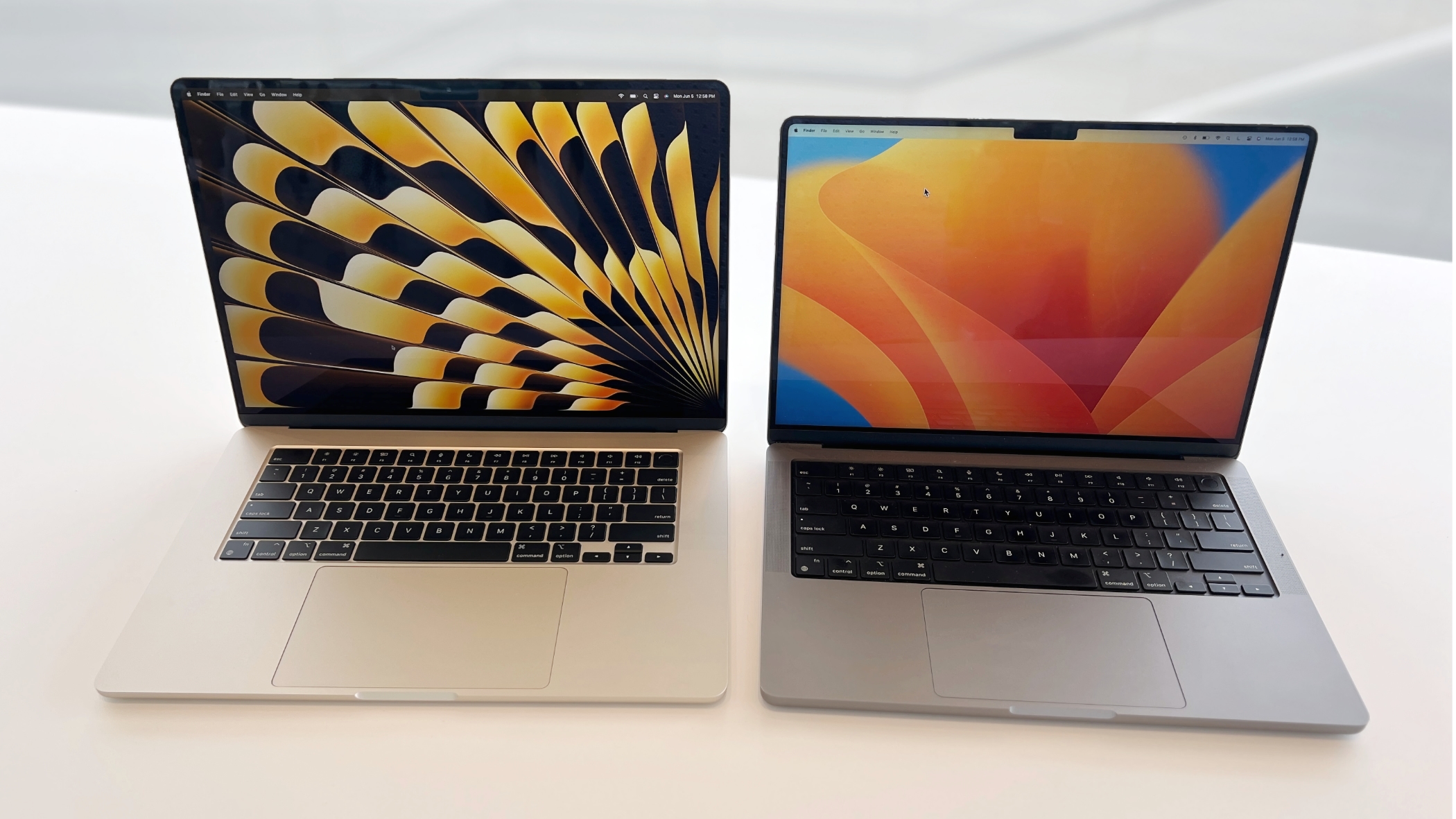Macworld
Apple did an interesting thing when it revealed its new M4 iPad Pro: of the four storage options available, the 1TB and 2TB models come with an M4 chip with 10 CPU cores. The lower-priced 256GB and 512GB iPad Pros have a CPU with nine processing cores, one fewer than the higher-storage models. It’s the first time Apple has offered an M-series CPU with an odd number of cores.
Tying the additional CPU core to higher storage tiers is something of an up-sell. Someone who might not not want to pay Apple’s high storage prices might be swayed by the more powerful chip. It’s an intriguing tactic, but the question is, how much improvement does that single additional core provide?
Well, that’s what benchmark tools are for. Using Geekbench 6, we gathered numbers for the 9- and 10-core M4 and compared the results. What we found is that the additional core offers a nice little bonus, especially if you’re doing heavy-duty multi-core processing tasks. But for daily, mundane jobs, you won’t feel the difference.
M4: 9-core vs. 10-core CPU Geekbench 6.3
Results are expressed as Geekbench scores. Higher scores/longer bars are faster. 10-core CPU M4 benchmarks provided by Jason Snell at SixColors.com.
Geekbench is a general-purpose benchmark commonly used throughout the industry to gauge performance. Its Multi-Core test involves a series of tasks that utilizes all the CPU cores in a chip-this is the benchmark to look at to see the difference between the 9- and 10-core M4. The 10-core M4’s Geekbench score of 4596 is 10 percent faster than the 9-core M4’s 13363.
Just 10 percent, huh? Yep, and for many people, that’s not enough to feel a difference when streaming videos, checking email, visiting websites, having FaceTime conversations, or playing games. But it’s a big deal for the target audience of the iPad Pro: professionals in fields such as video production, graphic arts, audio, software development, database management, and more. These fields involve heavy-duty processor-intensive tasks and can never get enough CPU power. (It should be noted that the additional CPU core is a performance core, not an efficiency core. Those are the cores that really count with demanding users.)
For reference, the M2 chip in the previous iPad Pro, and the M3 in the MacBook Air are included in this comparison. The 9-core M4 showed a 32 percent improvement over the 8-core M2-a significant boost of the new iPad Pro over its predecessor. Even better, the 10-core M4 is 45 percent better than the 8-core M2.
Is the 10-core M4 iPad worth it?
An initial reaction to learning about the chip CPU difference is, is Apple disabling a CPU core just to get people to pay more for their iPad Pro? But this situation is more than likely a result of the manufacturing process. Making chips is incredibly complex and sometimes a chip that’s supposed to have ten functioning cores has a core that’s not performing optimally. So, instead of discarding that chip, that core is disabled, and a 9-core chip is created. (Apple has not confirmed that is the case, but it is an often-speculated reason bandied about by supply-chain analysts.)
Here’s the thing: the higher-end chip isn’t reflected in the price at all. With the older M2 iPad Pro, the upgrade from 512GB to 1TB was $400, and $800 from 512GB to 2TB. Apple didn’t change those upgrade prices at all with the M4 iPad Pro. Customers can think of the additional CPU core as a bonus and the reason why they jump over the fence and go with more storage. So yeah, the 10-core M4 iPad Pro is worth it.
The MacBook Pro (left) is rumored to get an M4 upgrade before the end of this year. The MacBook Air (right) may get its M4 upgrade next year, but don’t be surprised if it comes earlier.
Foundry
What about the M4 Macs?
Reports have stated that the M4 will make its way to the Mac by “late 2024,” starting with the MacBook Pro, iMac, and Mac mini. Based on how Apple implemented the M4 in the iPad Pro, we could see a change in how the base M-series chips are offered in Macs.
As it stands, the base M3 chips in the 14-inch MacBook Pro, iMac, and MacBook Air have the same 8-core CPU configuration. There is no 7-core CPU M3. Instead, what’s different in some models is the number of GPU cores-it’s either 8 or 10 GPU cores. The M4 is the opposite—you get 10 GPU cores, whether it’s a 9- or 10-core CPU; it doesn’t alter its configuration.
Consider that with the iPad Pro, the 10-core M4 comes with either 1TB or 2TB of storage. Apple’s current entry-level MacBook Pro has a 512GB SSD, while the MacBook Air starts with a 256GB SSD. Obviously, Apple isn’t going to start offering 1TB SSDs as standard storage in its most affordable MacBooks.
The change we could see when the M4 Mac is introduced is that Apple does the same thing with the Macs as it does with the iPad Pro. It may offer MacBook models with a 256GB or 512GB SSD with a 9-core M4, and a 10-core M4 with MacBooks with 1TB and 2TB options. The GPU would have 10 cores, regardless of which M4 you choose. That would be a notable change, as Apple hasn’t previously tied Mac chips to certain storage configurations.
Of course, this is all speculation. TSMC, which manufactures Apple chips, could offer more flexibility in its process and allow Apple to handle its M4 Macs like it does its M3 Macs, or do something completely different. We’ll find out later this year.
Apple iPad Pro 11-inch (M4, 2024)

Apple iPad Pro 13-inch (M4, 2024)

Read More
Title: 9-core vs. 10-core M4: Is it worth paying more for the iPad Pro?
Sourced From: www.macworld.com/article/2341880/9-core-vs-10-core-m4-processor-ipad-pro-mac-storage.html
Published Date: Thu, 23 May 2024 10:30:00 +0000
.png)








